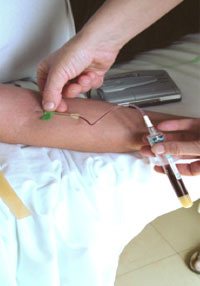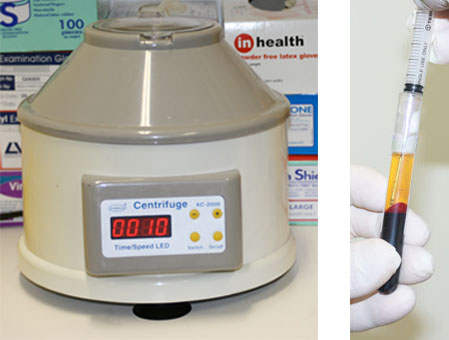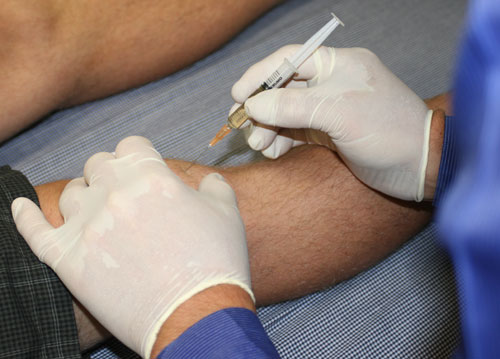The information resource website for PRP in Australia
Platelet Rich Plasma (PRP) Injections : The Procedure
Click each heading for more detail on what's involved in platelet rich plasma injections.
At your first appointment, your doctor will take a detailed clinical history of your injury as well as any other medical conditions that may be relevant. This will be followed by a thorough physical examination. Depending on your situation, your doctor may use ultrasound* to confirm the diagnosis and pinpoint the injury site for injection.
In particular, your doctor will check to see if you have recently used any non steroidal anti-inflammatory medications (NSAID's). Examples include Nurofen, Voltaren, Mobic. These interfere with platelet production by the bone marrow so must be stopped 10 days prior to this procedure.
In particular, your doctor will check to see if you have recently used any non steroidal anti-inflammatory medications (NSAID's). Examples include Nurofen, Voltaren, Mobic. These interfere with platelet production by the bone marrow so must be stopped 10 days prior to this procedure.

As your own (autologous) blood is used, it is first collected by venesection, the same procedure used in blood tests or blood donations.
The site of the venesection is usually a large vein in your elbow. Up to 20ml of blood may be collected.
The site of the venesection is usually a large vein in your elbow. Up to 20ml of blood may be collected.


This blood will then be spun down in a centrifuge to separate the components. The process takes 15 minutes. The platelet rich plasma (PRP) is then harvested and there are a variety of different ways this can be done. Some of these methods use commercially available kits which can add to the cost.
Depending on your injury, up to 2-8mL of PRP will then be extracted from the centrifuged blood.
Depending on your injury, up to 2-8mL of PRP will then be extracted from the centrifuged blood.

The PRP will then be injected into your injury with or without the use of ultrasound guidance.
Ultrasound uses sound waves to image the site of injury so there is no exposure to ionising radiation. It is the same technology used in pregnancy imaging.
Ultrasound uses sound waves to image the site of injury so there is no exposure to ionising radiation. It is the same technology used in pregnancy imaging.
For enquiries, please email
info@sportsdoc.com.au
© 2010- prpinjection.com.au | Privacy Policy | Disclaimer | Website design: WebInjection